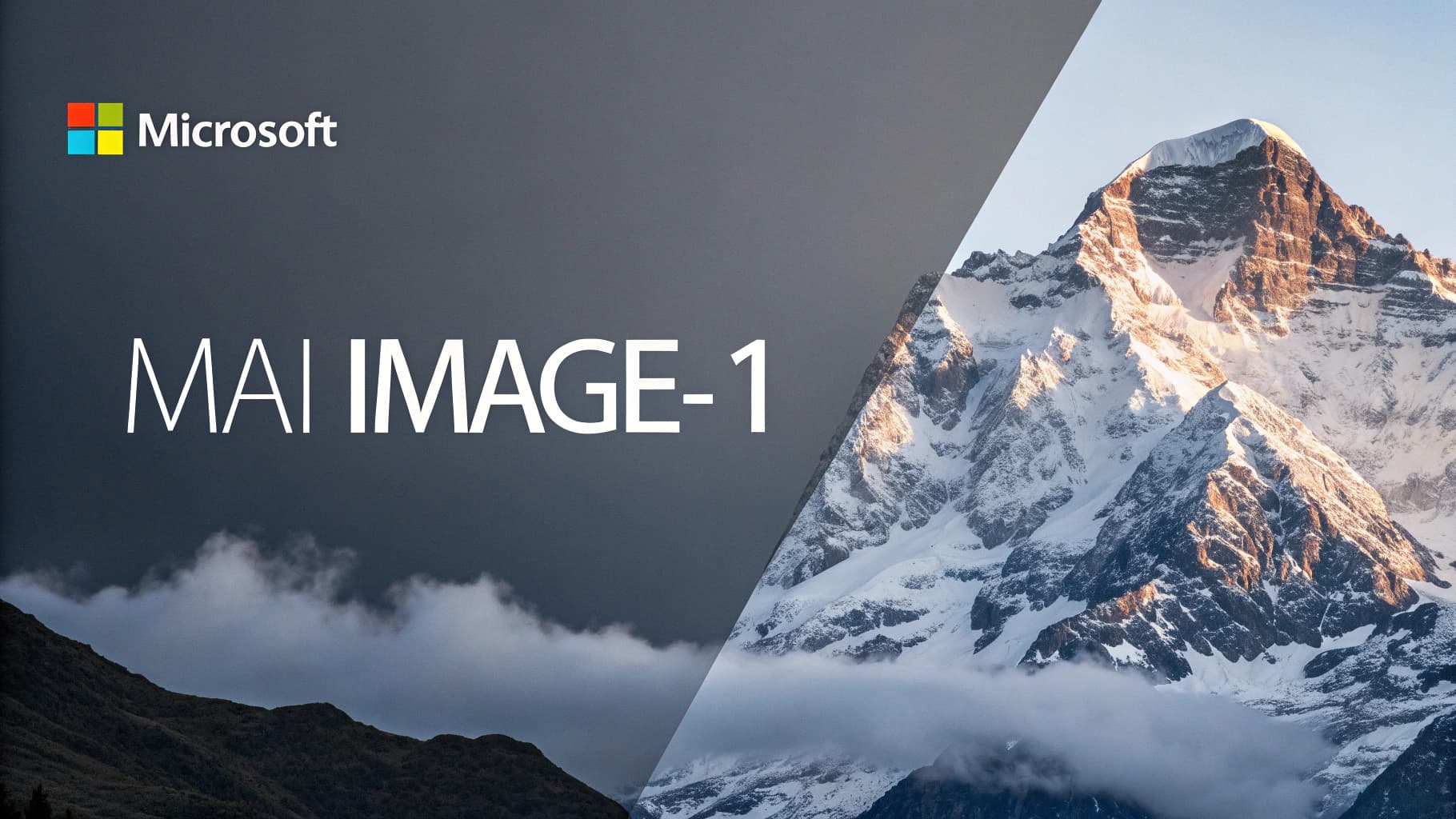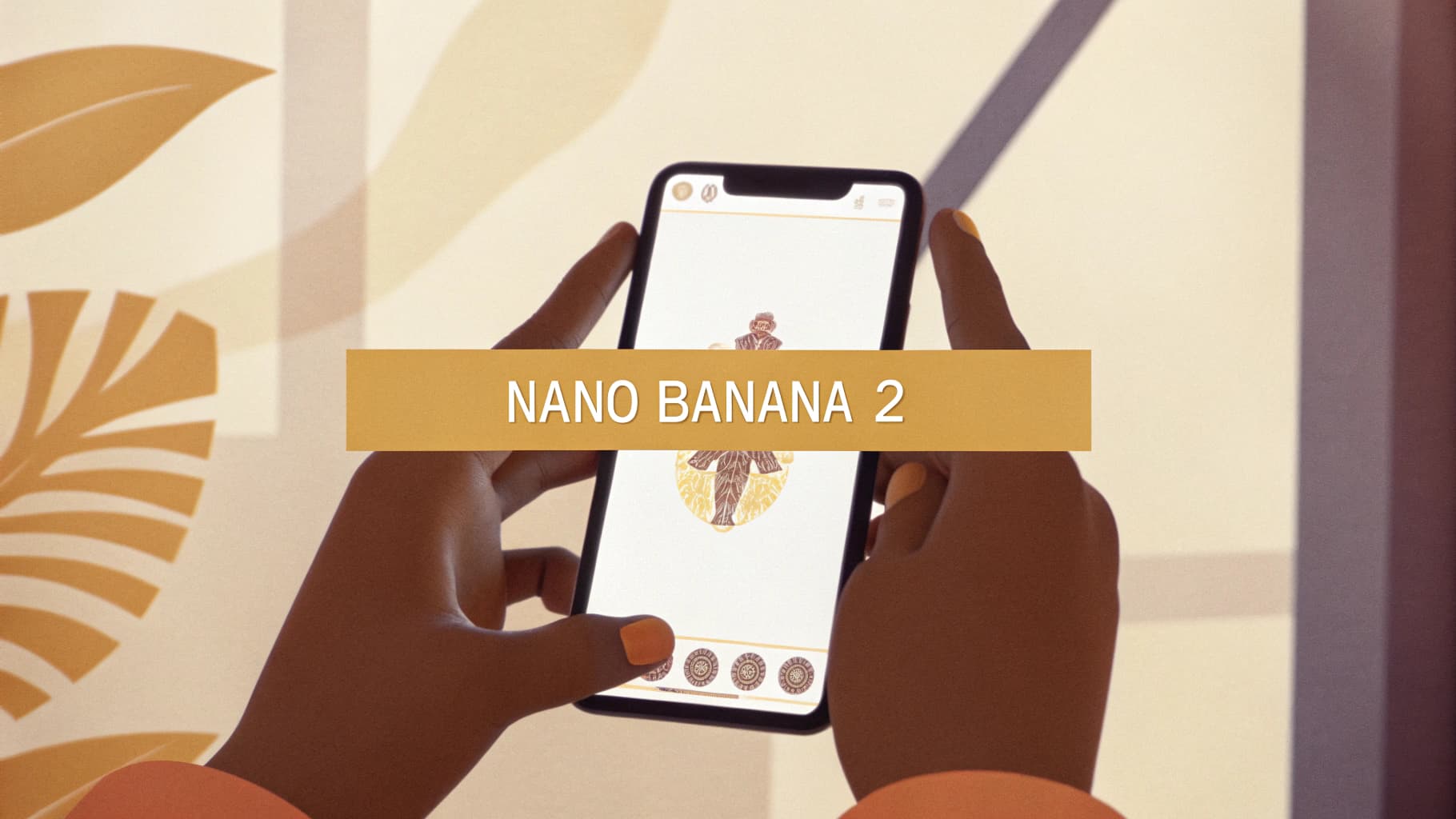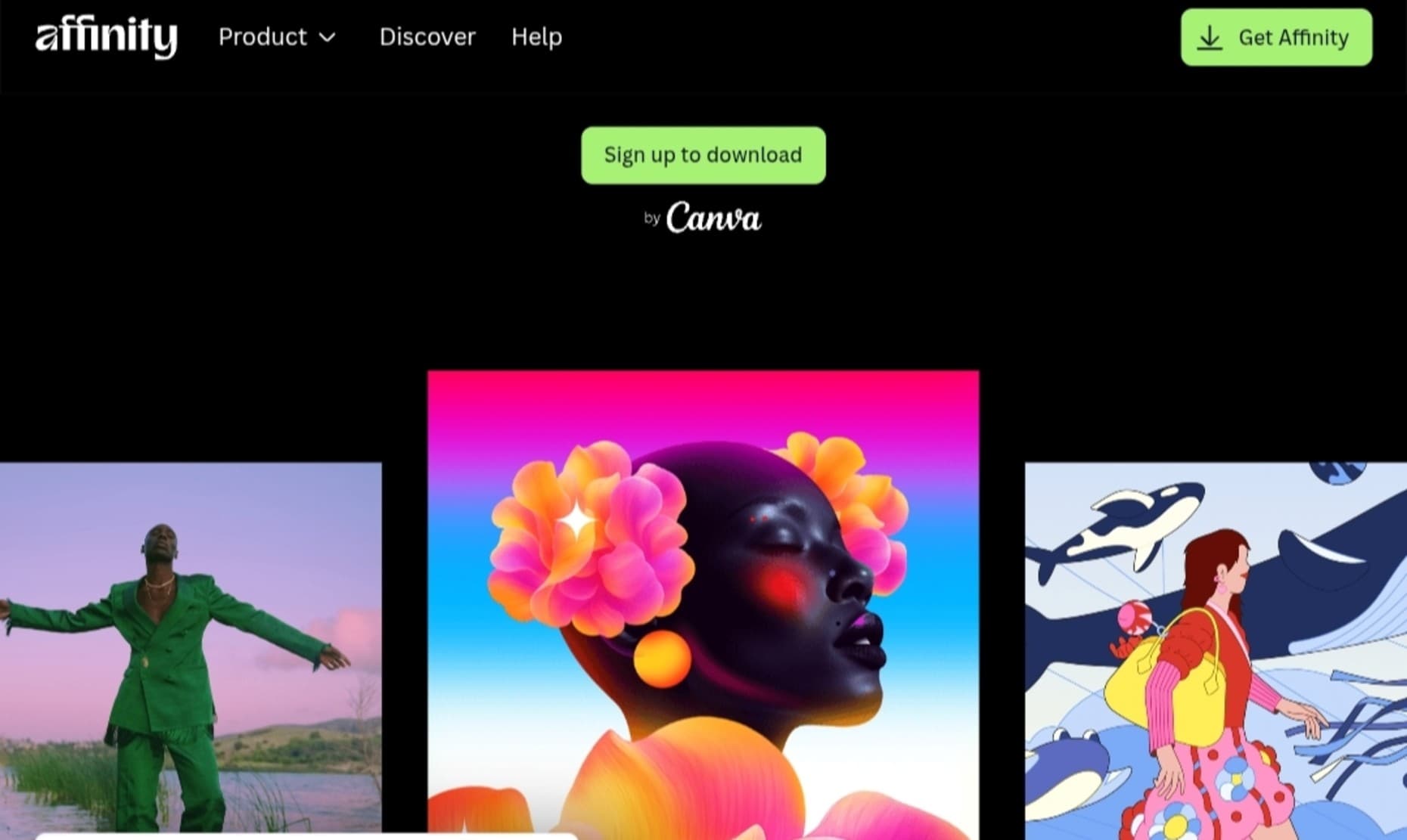
Microsoft Unveils MAI-Image-1, Its First In-House AI Image Generator
In a strategic move that signals its growing ambition in the artificial intelligence space, Microsoft has officially unveiled MAI-Image-1, the first text-to-image model developed entirely in-house. The generator, which has already secured a spot among the top ten models on the LMArena leaderboard, promises to deliver photorealistic visuals with remarkable speed and efficiency, marking another major step in the company’s strategy to build a comprehensive, independent AI ecosystem.
Microsoft has officially entered the competitive field of AI image generation with MAI-Image-1. According to the company’s announcement, the model is specifically designed to excel at creating highly realistic images, with a particular strength in rendering complex details like natural lighting, reflections, and intricate landscapes.
In its development process, Microsoft noted that it drew on direct feedback from creative industry professionals. The primary goal was to avoid the generic or repetitive outputs common to some AI models, focusing instead on providing a tool with true visual flexibility and practical value for designers and creators. Thanks to its efficiency, the model allows users to iterate on their ideas more quickly, transforming concepts into visuals in a fraction of the time.
While MAI-Image-1 is currently available for public testing on the LMArena platform, Microsoft confirmed that it will be integrated into its core products, including Copilot and Bing Image Creator, “very soon.” This move will make its powerful capabilities accessible to millions of users worldwide.
This launch is part of a broader strategy for Microsoft to reduce its reliance on third-party developers and build its own native AI capabilities. The announcement follows the company’s debut of its first two in-house models last August: MAI-Voice-1 for voice generation and MAI-1-preview for conversational AI. These successive releases clearly demonstrate Microsoft’s path toward becoming a self-sufficient force in AI development.
These moves have naturally raised questions about the future of Microsoft’s long-standing partnership with OpenAI. However, despite speculation, a company spokesperson has previously stated that the partnership will continue for “frontier models.” Nevertheless, Microsoft’s investment in its own models, alongside its use of technology from other companies like Anthropic for certain Microsoft 365 features, confirms its intent to diversify its technology stack.
Reflecting the company’s forward-looking vision, Microsoft AI head Mustafa Suleyman mentioned that the company has “an enormous five-year roadmap that we’re investing in quarter after quarter.” The company concluded its announcement by emphasizing that curating a range of specialized models for different purposes will ultimately unlock “immense value” for its users.




